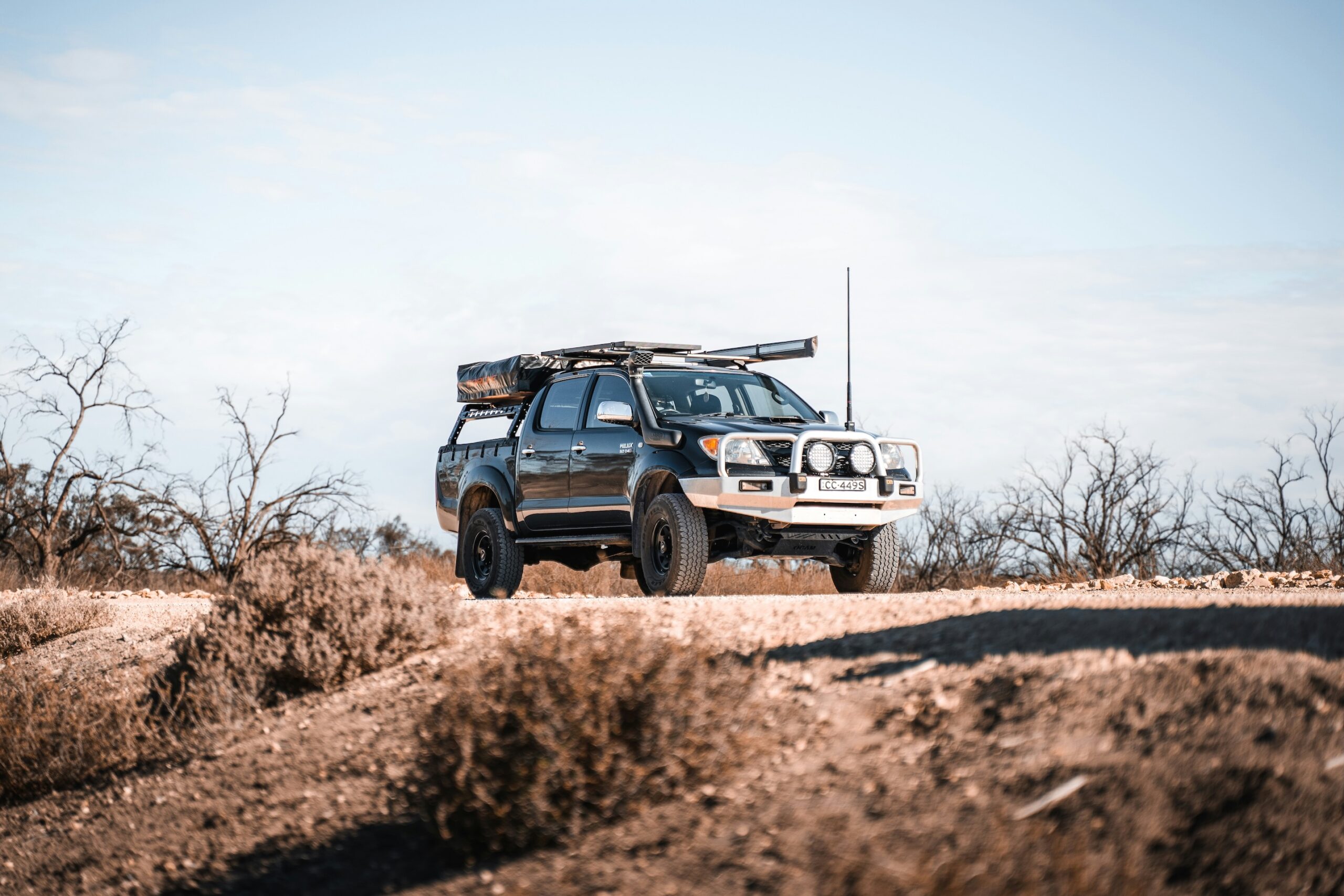Oasis DC air compressors are built for durability and efficiency, making them the go-to choice for off-road, industrial, and military applications. Installing your compressor correctly is key to ensuring long-term reliability and peak performance. Below, we’ll walk you through the essential steps and considerations for a successful installation.
Choosing the Right Installation Location
One of the biggest advantages of Oasis compressors is their compact footprint, allowing them to be mounted almost anywhere. However, a few critical factors should be kept in mind:
1. Ventilation is Key
Oasis compressors generate heat during operation. To prevent overheating, install the unit in a location with proper airflow. Enclosed or poorly ventilated areas may cause the compressor to run inefficiently or shut down due to excess heat.
2. Easy Access for Maintenance
Routine maintenance, such as checking the oil level and replacing the air filter, is essential for keeping your compressor in top condition. Choose a mounting location where these tasks can be performed easily.
3. Secure Mounting Surface
If you’re installing your compressor on an off-road vehicle or construction equipment, you need a solid and vibration-resistant mounting point. Bolt the compressor securely to the vehicle’s frame or a sturdy bracket to withstand rough terrain and heavy usage.
4. Under-Vehicle Installation Considerations
For those mounting the compressor under the vehicle, adding a splash guard is necessary. This will protect the unit from dirt, mud, and road debris, preventing damage and keeping the system running smoothly.
Electrical Setup: Ensuring Proper Power Delivery
Since Oasis compressors are high-performance, high-power devices, ensuring a proper electrical setup is crucial. Incorrect wiring or power issues can cause the compressor to shut off unexpectedly, leading to frustration and potential damage.
1. Understanding Power Requirements
If your compressor stops and the yellow LED next to the on-off switch lights up, it’s a sign that it isn’t receiving enough power—not that it’s defective. Oasis compressors feature built-in protection to shut down before the motor stalls, preventing potential burnout.
To avoid power-related issues, your vehicle’s electrical system must be in top condition.
2. Battery Health Matters
A strong, deep-cycle auxiliary battery is highly recommended for optimal compressor performance. Even if your battery reads 13.8V to 14.2V while being charged, that doesn’t necessarily mean it can supply enough power under load. A weak or aged battery may struggle to keep up, resulting in voltage drops when the compressor is running.
A healthy battery under a 50-amp charge should maintain around 12.0V to 12.5V while the compressor is running. Anything significantly lower indicates a weak power supply.
3. Wiring for Maximum Efficiency
Even if your battery is in good condition, improper wiring can cause significant power loss before reaching the compressor. Voltage loss occurs through wires and connections, reducing overall performance. To minimize this:
- Keep power cables as short as possible. The standard 10-foot cables provided should not be extended.
- Use heavy-duty ring terminals and install them correctly. A loose or poorly crimped connection can cause resistance and heat buildup.
- Wire directly to the battery terminals. Avoid grounding through the chassis, as it can introduce weak points in the circuit.
- Use heavy-gauge wire from the auxiliary battery to the alternator. Preferably, this should run through a low-loss isolator to maintain charging efficiency.
Common Causes of Power Issues
If your compressor isn’t performing as expected, check for these common installation mistakes:
- Weak or old battery – Even if it seems fine, a deep-cycle battery is necessary for sustained performance.
- Long power cable runs – Extending beyond the provided 10 feet leads to voltage drops.
- Loose or poor connections – Every extra connection introduces resistance, affecting power delivery.
- Bad grounding – Ensure the ground connection is solid and directly linked to the main power system.
- Too many unnecessary connections – The compressor has a built-in solenoid. Use the provided control wire for activation instead of adding an external solenoid.
Dash-Mounted Switch Setup
You do not need to disassemble the unit to use an external dash-mounted switch. Instead, simply wire an additional switch in series with the pressure switch on the control wire. Leave the compressor’s main switch in the “on” position.
⚠️ Modifying or disassembling the unit will void the warranty! Always refer to the owner’s manual for proper wiring instructions.
Final Thoughts
Installing your Oasis air compressor correctly ensures maximum power, reliability, and longevity. A well-planned installation with proper ventilation, solid mounting, and a healthy power supply will save you from unnecessary issues down the road. If you have any questions about installation or performance, feel free to reach out to our team for support.

